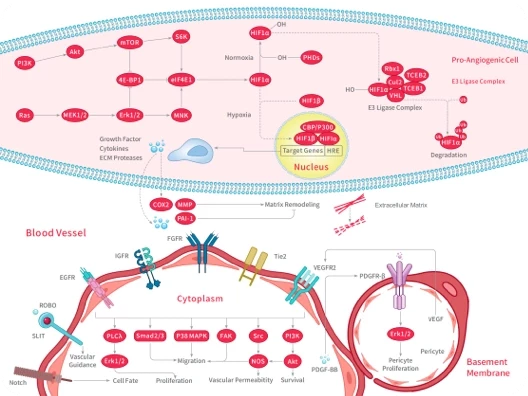- Remove All
 Your shopping cart is currently empty
Your shopping cart is currently empty
GPCR/G Protein
G-protein-coupled receptors (GPCRs) are the largest and most diverse group of membrane receptors in eukaryotes. These cell surface receptors act like an inbox for messages in the form of light energy, peptides, lipids, sugars, and proteins. Such messages inform cells about the presence or absence of life-sustaining light or nutrients in their environment, or they convey information sent by other cells. GPCRs bind a tremendous variety of signaling molecules, yet they share a common architecture that has been conserved over the course of evolution. Many present-day eukaryotes — including animals, plants, fungi, and protozoa — rely on these receptors to receive information from their environment. For example, simple eukaryotes such as yeast have GPCRs that sense glucose and mating factors. Not surprisingly, GPCRs are involved in considerably more functions in multicellular organisms. Humans alone have nearly 1,000 different GPCRs, and each one is highly specific to a particular signal.

Copyright © 2015-2025 TargetMol Chemicals Inc. All Rights Reserved.











